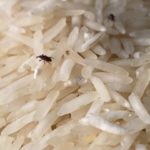Okra is a popular vegetable in Vietnam, commonly used in various dishes such as stir-fries, boiling, and soups. In this article, let’s join Bach Hoa XANH to explore how to grow okra for high yield.
1 Notes Before Planting Okra at Home
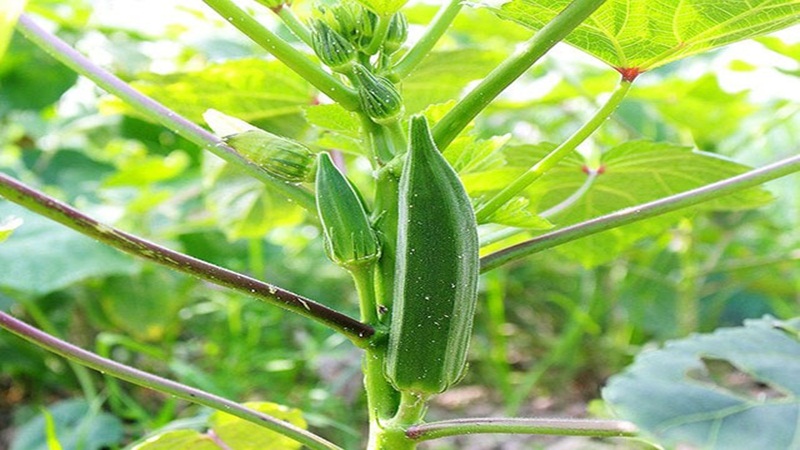 Notes on Planting Okra
Notes on Planting Okra
The right planting time for okra is crucial for high yield. The best time to plant okra is in the spring, from late February to March, and in the fall, from late July to August. These are the two most productive seasons for okra.
The ideal temperature for okra germination is between 30-35°C (86-95°F). Once the plant has emerged, a temperature above 20°C (68°F) is necessary for its growth.
Okra thrives in loamy sand or light loam soil with a pH between 5.5 and 6.8.
2 How to Plant Okra
Soaking the Seeds: Soak the okra seeds in warm water at around 40°C (104°F) for 2-3 hours.
Seed Germination: After soaking, wrap the seeds in a damp cloth until they crack open, indicating they are ready for planting.
Prepare the Soil: Before sowing, plow and till the soil thoroughly to ensure good drainage. The width of the okra bed should be about 1.4-1.5 meters, and the height should be 25-30 centimeters.
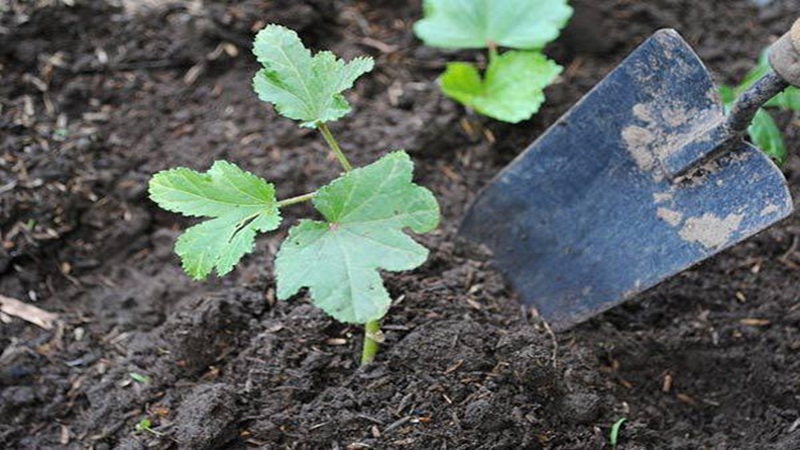 Soil Preparation
Soil Preparation
Sowing: Dig small holes about 1 centimeter deep and place 2-3 seeds in each hole. Cover them with a thin layer of soil.
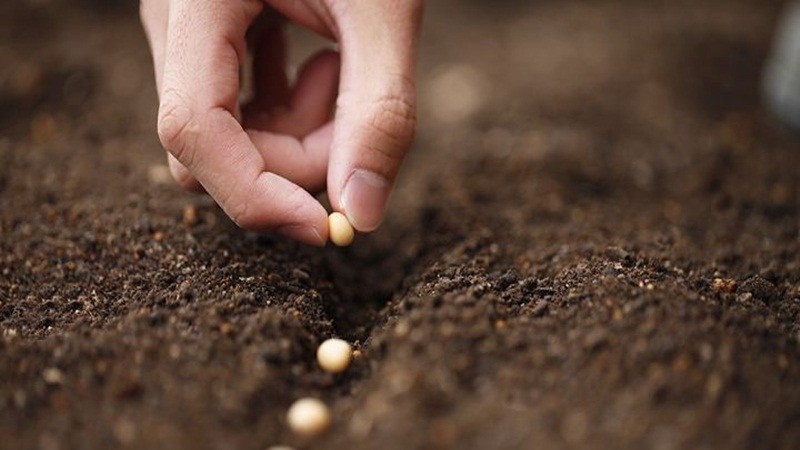 Seeding
Seeding
3 Notes on Growing Okra
Okra is generally resistant to pests and diseases, but there are still potential issues to be aware of. It is essential to follow these notes to achieve high yields.
To prevent insect damage, choose high-quality seeds and ensure adequate water supply and proper moisture levels.
4 Okra Care
Watering: Maintain soil moisture at 80-85% throughout the harvest period by watering the okra plants twice a day, in the early morning and late afternoon.
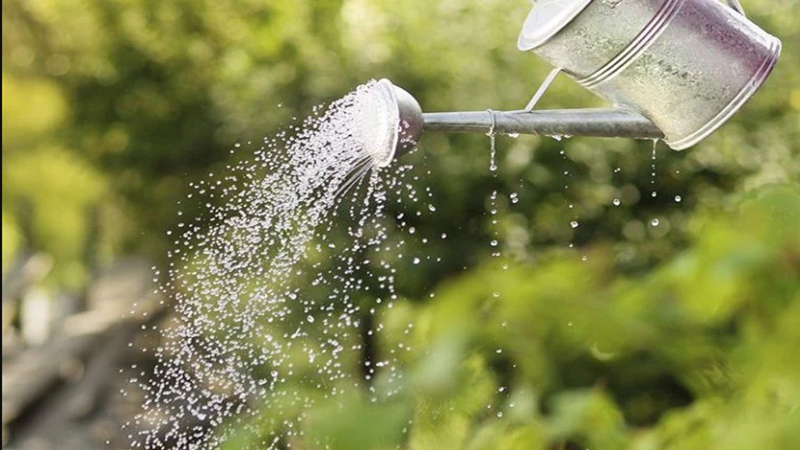 Watering Okra
Watering Okra
Fertilizer: From the growth stage to harvest, divide fertilizer application into two stages.
Stage 1: When the plants are young, apply a mixture of potassium and urea fertilizer diluted in water directly to the roots. Use 50kg of urea and 30kg of potassium per hectare.
Stage 2: During flowering, apply a mixture of 50kg potassium and 70kg urea per hectare. Water the plants sufficiently to help dissolve the fertilizer.
Pest and Disease Control: Okra is susceptible to pests such as aphids, stink bugs, leafhoppers, and rust mites. To protect the plants and ensure high yields, use Trebon for leafhoppers and Antracol or Score 250EC for anthracnose.
 Weed Control
Weed Control
Weed Control: Regularly remove weeds to prevent them from competing with the okra plants for nutrients.
5 Benefits of Okra
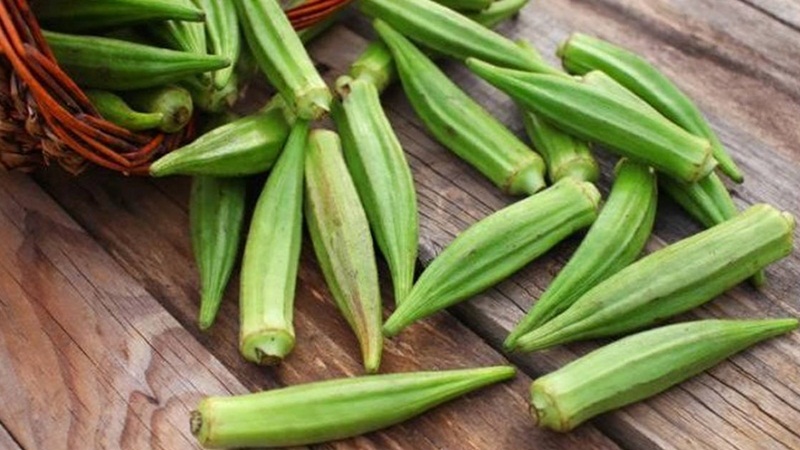 Benefits of Okra
Benefits of Okra
Okra is packed with nutrients, including vitamins A, C, and K, folic acid, calcium, and fiber. It is known to treat kidney diseases, prevent liver problems, boost the immune system, and promote healthy bones, skin, and eyes.
6 Okra Recipes
Here are some delicious dishes you can make with okra:
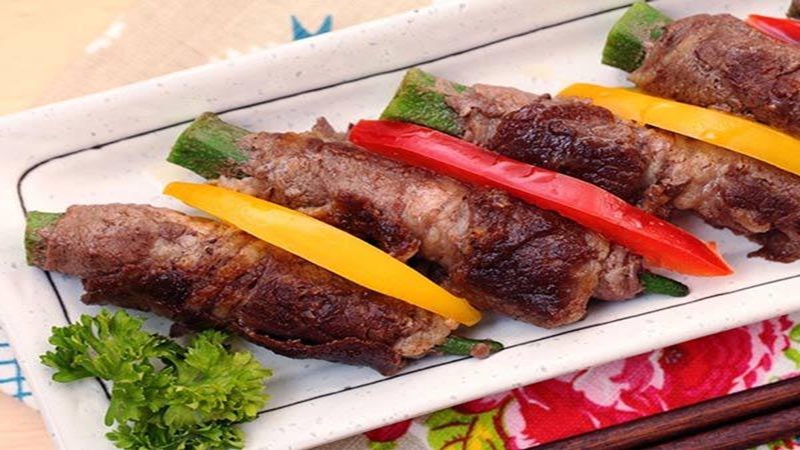 Grilled Beef and Okra Rolls
Grilled Beef and Okra Rolls
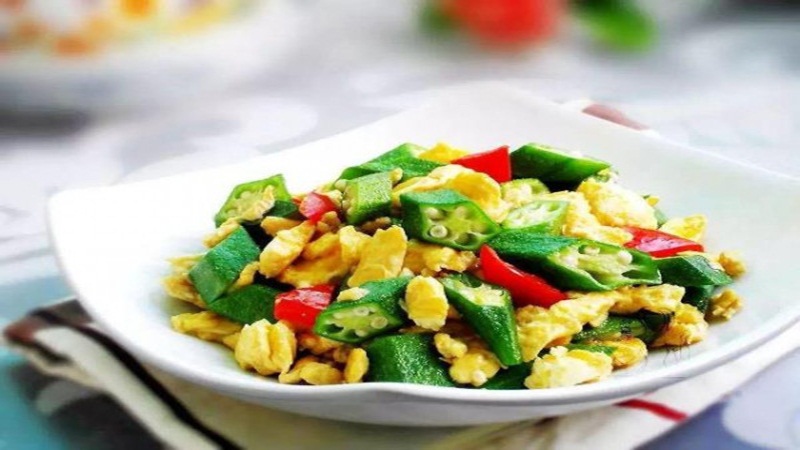 Okra and Egg Stir-Fry
Okra and Egg Stir-Fry
 Sweet and Sour Okra with Bean Curd Sheets
Sweet and Sour Okra with Bean Curd Sheets

























